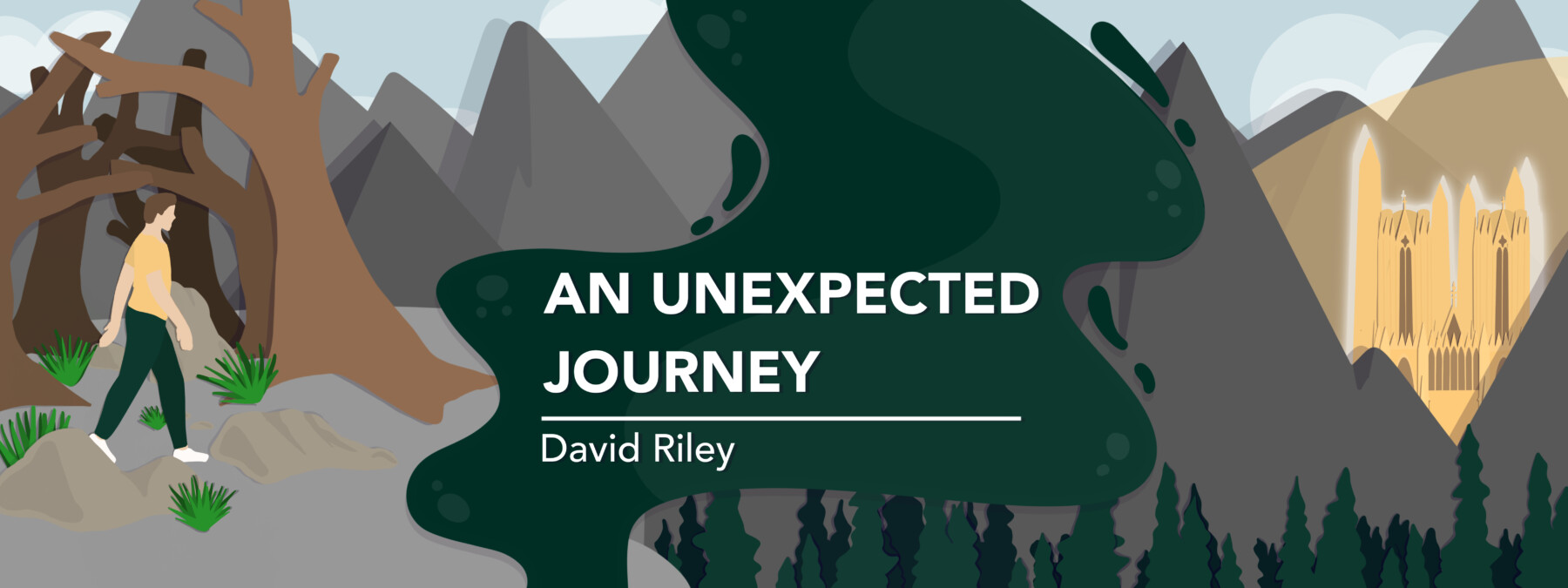Reflecting on how pain, pleasure, and art have shaped me
How Friedreich's ataxia symptoms have influenced my path in life

“It used to be that when I fell, I’d get right back up as if nothing had happened,” I said.
I relished evenings like this. A peer and I were enjoying the cool fall breeze on his back porch and savoring the fellowship with a few drinks as we offered thoughts on life and our artistic aspirations after college.
Sitting on the bench, I opened another beer and continued my current reflection: “And at some point, it started to hurt more. I just wanted to stay on the ground a little longer and let myself feel the pain.”
Indeed, when I was between 18 and 20, my coordination declined to the point where I could no longer trip and tumble to the ground without injury. I was diagnosed with Friedreich’s ataxia (FA) when I was 9 and was often called “Woody” — a result of being from Texas, wearing cowboy boots and Wranglers, and walking and running so awkwardly. But that was as rough as it got for me.
In college, however, the pain began to show its ugly face more often and more pervasively, and its reality started me on an unexpected course in life.
A basic human function is to respond to the things life brings before us. If something is pleasing and brings delight, if it results in gladness or fun, we’ll seek it again. If something is displeasing or revolting, if it hurts or ends in grief, we form an aversion. Painful, ugly, and odious are qualities of things we shun. We evaluate, embracing what we esteem as good while rejecting the bad.
So when people do all they can to avoid pain, to leave the hard road, but the too-familiar, repulsive reality lurks around another corner — what then do they do?
Responding to the pain of FA
Like everyone, I wanted to evaluate the good life for myself and began in college to traverse that place. “Art for art’s sake” is a slogan adopted from 19th-century Romantics that remains a creed in the art world. I charted a course to become an artist, but I was like Exhibit No. 1 of why that phrase isn’t grounded in reality. The slogan implies that there’s artistic purity to strive after. People can and do chase after the ideal with religious fervor, but that’s all.
“Art for my sake” became the inward cry of my heart, even as my mind proclaimed something more noble. What I really sought was my own autonomy, to live a life seeking pleasure and avoiding pain, based on my own evaluation of the world around me. Art was a means to that end.
When I shared the above dialogue from my college days, what I didn’t mention to my friend is that my reaction to pain during those days was to feel it and seek comfort through self-consolidation. Falling would sometimes really, really hurt, and I thought all I needed was just a little extra time to regather my young mojo. But since those early days, the pain I’ve encountered has brought me into times of deep discomfort, and eventually, my efforts were of no avail.
With much amazement that still captivates me today, I’ve realized that pain has been a necessary part of my journey and has made my footing secure while giving clarity to my destination. Losing enough stability and coordination to neatly apply a brush led me to pursue a Master of Arts in biblical studies, a path that was critical in realigning my purposes and goals.
Too many close calls led me to quit driving and depend on others for transportation, and as a result, I learned and experienced how living rightly involves the community. Being hospitalized for the first time in 2011, followed by other trials and traumas in subsequent years, led me to see God’s fingerprints on all my life’s sorrows and joys. I’ve also resumed working as an artist through the use of a digital tablet and have found a new inspiration and drive in doing so.
The thing about pain is that it forces you to examine the ground beneath, to gain a better apprehension of that reality. When I could no longer receive comfort or consolidation from the material world, pain drew my eyes upward as my gaze became more and more fixed. My unexpected journey became a story of redemption — or rather, it always was.
Note: Friedreich’s Ataxia News is strictly a news and information website about the disease. It does not provide medical advice, diagnosis, or treatment. This content is not intended to be a substitute for professional medical advice, diagnosis, or treatment. Always seek the advice of your physician or another qualified health provider with any questions you may have regarding a medical condition. Never disregard professional medical advice or delay in seeking it because of something you have read on this website. The opinions expressed in this column are not those of Friedreich’s Ataxia News or its parent company, Bionews, and are intended to spark discussion about issues pertaining to Friedreich’s ataxia.








Leave a comment
Fill in the required fields to post. Your email address will not be published.